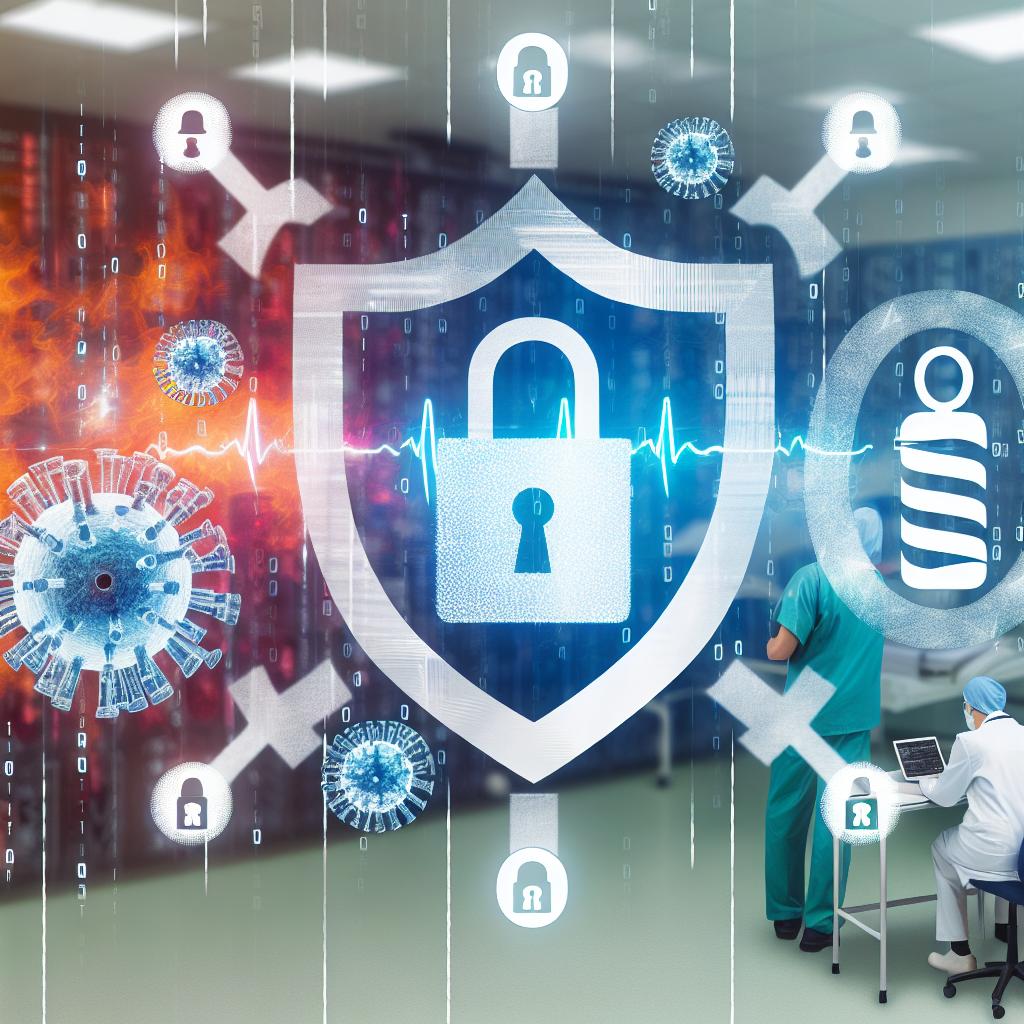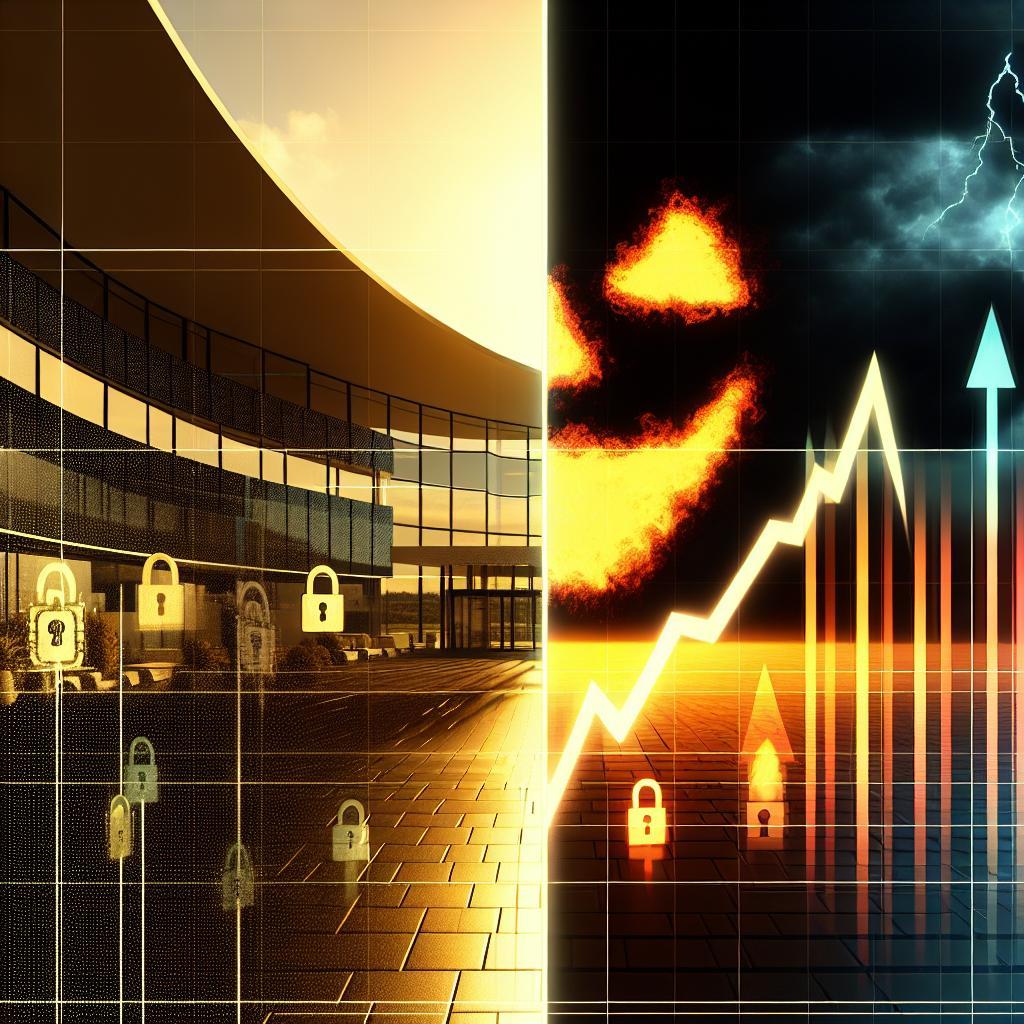In a world where technology continues to advance at a rapid pace, the healthcare industry finds itself at the forefront of a digital revolution. However,wiht innovation comes risk,and one of the most pervasive threats facing the sector is ransomware.As we look ahead to 2025, it is imperative to examine the current state of ransomware in healthcare and explore what the future holds for this ever-evolving challenge.
Challenges and Opportunities for healthcare Cybersecurity
In 2025,the landscape of ransomware attacks in the healthcare industry has evolved,presenting both challenges and opportunities for cybersecurity professionals. Cybercriminals are increasingly targeting hospitals and medical facilities, exploiting vulnerabilities in outdated systems and lack of cybersecurity protocols. The rise of ransomware as a service (RaaS) has made it easier for even inexperienced hackers to launch attacks, leading to a surge in healthcare data breaches. This highlights the urgent need for healthcare organizations to invest in robust cybersecurity measures to protect patient information and maintain the integrity of their operations. Additionally, advancements in artificial intelligence and machine learning present opportunities for healthcare cybersecurity, offering the potential to detect and mitigate threats in real-time.

Strategies to Mitigate Ransomware Risks in the Healthcare Industry
The healthcare industry continues to face unprecedented challenges in combating ransomware attacks, with cybersecurity threats evolving at an alarming rate. To mitigate these risks, it is crucial for healthcare organizations to adopt a multi-faceted approach that includes:
- Regular Security Audits: Conduct routine security audits to identify vulnerabilities and address them promptly.
- Employee Training: Educate staff on best practices for cybersecurity, including how to detect phishing emails and suspicious links.
- Data Encryption: Implement encryption protocols to protect sensitive patient information from unauthorized access.
To Wrap It Up
As we look ahead to the future of ransomware in healthcare,it is crucial for organizations to stay vigilant and proactive in their cybersecurity measures. By staying informed, implementing robust security protocols, and fostering a culture of cybersecurity awareness, we can work towards mitigating the risks posed by ransomware attacks. Remember, protecting patient data and safeguarding healthcare systems is a collective effort that requires continuous dedication and adaptation. Let us strive to create a resilient healthcare industry that prioritizes the security and well-being of all.







